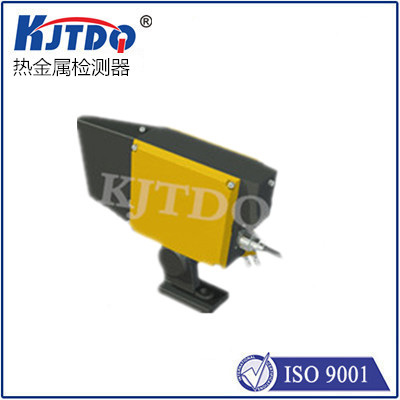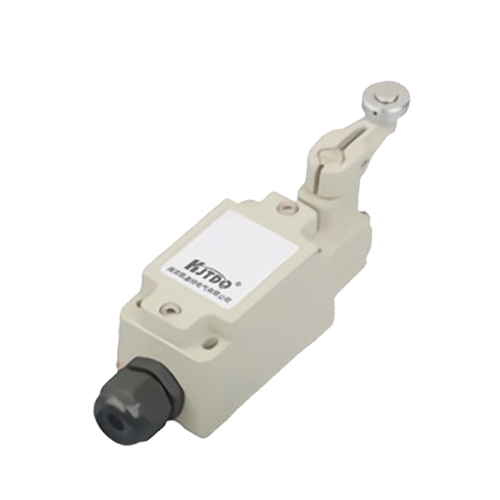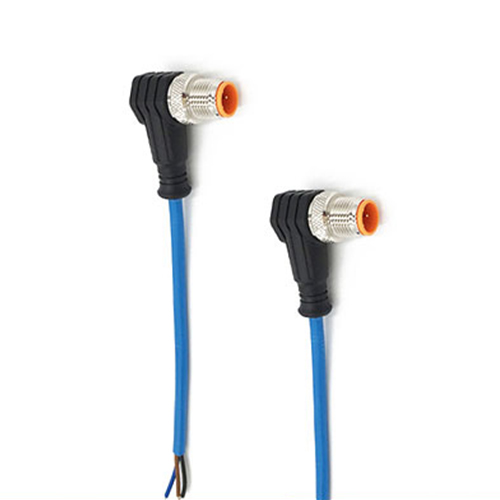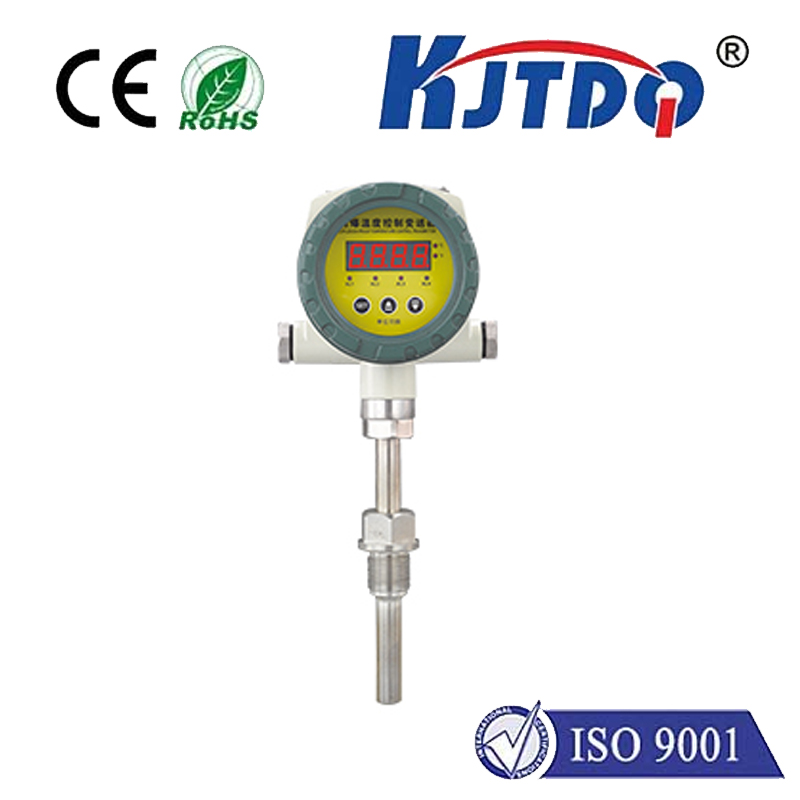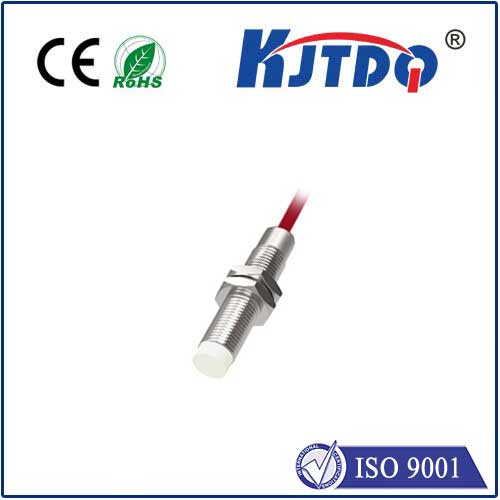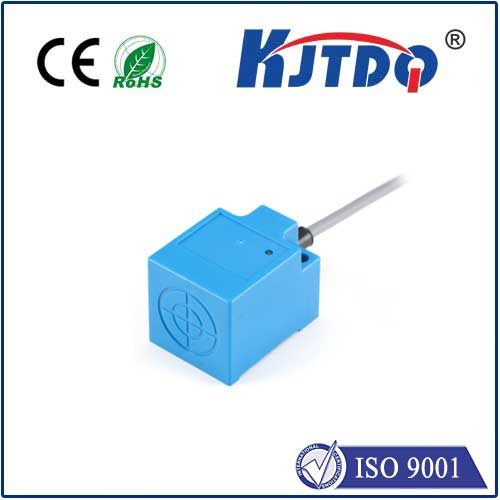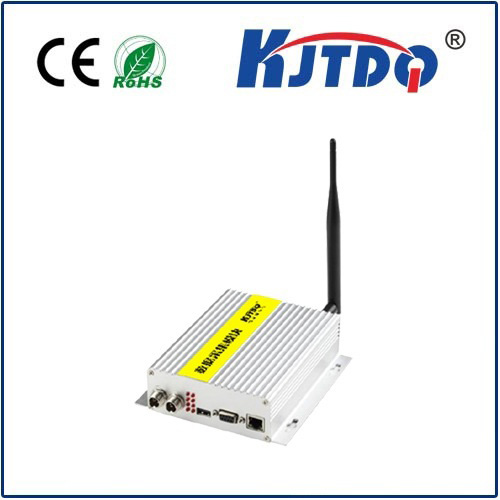waterproof limit switch
- time:2025-09-13 02:06:59
- Click:0
Waterproof Limit Switches: Essential Protection for Harsh Environments
Imagine a food processing plant. High-pressure washdowns are a daily necessity to maintain hygiene, but water jets wreak havoc on standard electrical components. Production halts become frequent as moisture seeps into unprotected limit switches, causing malfunctions and downtime. This scenario highlights a critical need: reliable position sensing where water and contaminants are constant threats. Enter waterproof limit switches – the robust guardians of automation in wet, dirty, and demanding industrial settings.
Understanding the Core: What is a Waterproof Limit Switch?
At its heart, a limit switch is a fundamental electromechanical device designed to detect the presence or absence of an object, or to monitor its position within a defined range. It physically interacts with a moving part (often via a plunger, lever, or roller arm) and opens or closes an electrical circuit based on this contact. This simple action provides vital feedback to control systems, signaling end-of-travel positions, object detection for counting or sorting, safety interlocks, and more.
A waterproof limit switch builds upon this core functionality with one crucial enhancement: engineered protection against water ingress. This isn’t just a light splash resistance; true waterproof limit switches are designed to withstand environments involving:
- High-pressure washdowns (common in food & beverage, pharmaceuticals).
- Condensation and high humidity.
- Direct splashing or spraying.
- Temporary submersion (depending on the rating).
- Exposure to corrosive cleaning agents and dust/oil mixtures.
This resilience transforms them from mere components into indispensable assets where standard switches would rapidly fail.

The Shield of Protection: Key Technologies Behind Waterproofing
The effectiveness of a waterproof limit switch hinges on several design elements working in concert:
- Ingress Protection (IP) Ratings: This is the universal standard defining an enclosure’s resistance to solids and liquids. For a switch to be considered genuinely waterproof, look for high IP ratings:
- IP67: Protected against temporary immersion (up to 30 minutes at 1 meter depth) and powerful water jets. Ideal for heavy washdowns and splashes.
- IP68: Protected against continuous submersion beyond 1 meter (specific depth/duration defined by the manufacturer). Crucial for applications like submersible pumps or underwater equipment.
- IP69K: The pinnacle for washdown. Protects against close-range, high-pressure, high-temperature water jets from any angle. Absolutely essential in sterile environments requiring aggressive cleaning. Selecting the correct IP rating is paramount for the specific environmental challenge.
- Robust Seals and Gaskets: Multiple layers of defense are critical. High-quality elastomeric seals (EPDM, Viton, Silicone) are used at every potential entry point:
- Around the actuator shaft/stem.
- Between the housing body and cover.
- At cable entry points (using waterproof cable glands or molded cables). Dual seals are often employed for maximum reliability.
Corrosion-Resistant Materials: Housings are typically crafted from durable stainless steel (e.g., 304 or 316L) or rugged engineering plastics (like reinforced Nylon or PBT). These materials withstand not only water but also chemicals, salts, and physical impacts common in industrial settings. Internal components also feature protective coatings or are made from non-corrosive alloys.
Sealed Actuators: The moving part itself needs protection. Designs often feature bellows seals or diaphragms covering the actuator mechanism, preventing water, dust, or debris from entering the sensitive internal switch contacts.
Where Waterproof Limit Switches Make the Critical Difference
Their ability to thrive where others fail makes waterproof limit switches vital across numerous sectors:
- Food & Beverage and Pharmaceutical Manufacturing: Aggressive washdowns with caustic cleaners are non-negotiable for sanitation. IP69K-rated switches are routinely used on mixers, conveyors, fillers, and packaging lines exposed to direct high-pressure hoses and steam. Failure here risks contamination and costly shutdowns.
- Marine and Offshore Applications: Saltwater spray, high humidity, and constant moisture define these environments. Waterproof limit switches provide reliable position feedback on winches, hatches, cranes, and shipboard machinery, ensuring safety and operational continuity despite the corrosive atmosphere.
- Wastewater Treatment Plants: Exposure to raw sewage, sludge, chemicals, and constant dampness demands extreme resilience. Submersible-rated switches (IP68/IP67) monitor pump positions, valve states, and level controls in basins and tanks.
- Agricultural Machinery: Operating outdoors means exposure to rain, dust, mud, and crop residues. Waterproof switches ensure reliable operation of harvesters, planters, and irrigation systems.
- Construction and Mining Equipment: Dust storms, mud, rain, and vibrations are daily challenges. Waterproof switches contribute to the robust operation of excavators, bulldozers, and material handling systems in the toughest terrains.
Choosing the Right Waterproof Limit Switch: Key Considerations
Selecting the optimal switch requires careful evaluation of the application:
- Environmental Severity: What level of water exposure? Splashing, direct jets, submersion? What chemicals or cleaners are present? What are the temperature extremes? Match the IP rating precisely to the actual threat level.
- Durability Needs: Expected mechanical impacts? Vibration levels? The required switching cycles (life expectancy)? Robust actuator designs and stainless steel bodies often excel under heavy mechanical stress.
- Electrical Specifications: Required voltage and current (AC/DC)? Number of contacts (NO/NC)? Ensure compatibility with your control system.
- Actuator Style: Plunger, lever (standard or roller), wobble stick, fork lever? The actuator must reliably engage with the target machine part.
- Mounting Constraints: Space limitations? Specific mounting hole patterns or orientations needed?
- Certifications: Are industry-specific certifications required (e.g., UL, CSA, ATEX for hazardous areas)?
Beyond Just Protection: The Tangible Benefits
Investing in the right waterproof limit switch delivers significant operational advantages:
- Dramatically Reduced Downtime: Eliminate failures caused by moisture and contamination, minimizing costly production stoppages.
- Lower Maintenance Costs: Fewer replacements and less troubleshooting needed compared to standard switches in harsh conditions.
- Enhanced Safety: Reliable operation ensures safety interlocks and position controls function correctly, preventing accidents or equipment damage.
- Improved Process Reliability: Consistent, accurate position feedback leads to smoother automation, better product quality, and increased throughput.
- Longer Service Life: Engineered durability translates directly into a superior lifespan, offering a better return on investment.
From the relentless spray of a factory washdown to the corrosive marine air or the mire of a construction site, waterproof limit switches provide the essential, reliable sensing that keeps critical machinery running smoothly. By understanding their construction, crucial ratings like IP67, IP68, and IP69K, and meticulously matching their capabilities to the specific environmental demands, engineers and maintenance teams can build resilient automation systems capable of conquering the wettest, dirtiest challenges the industrial world presents.






